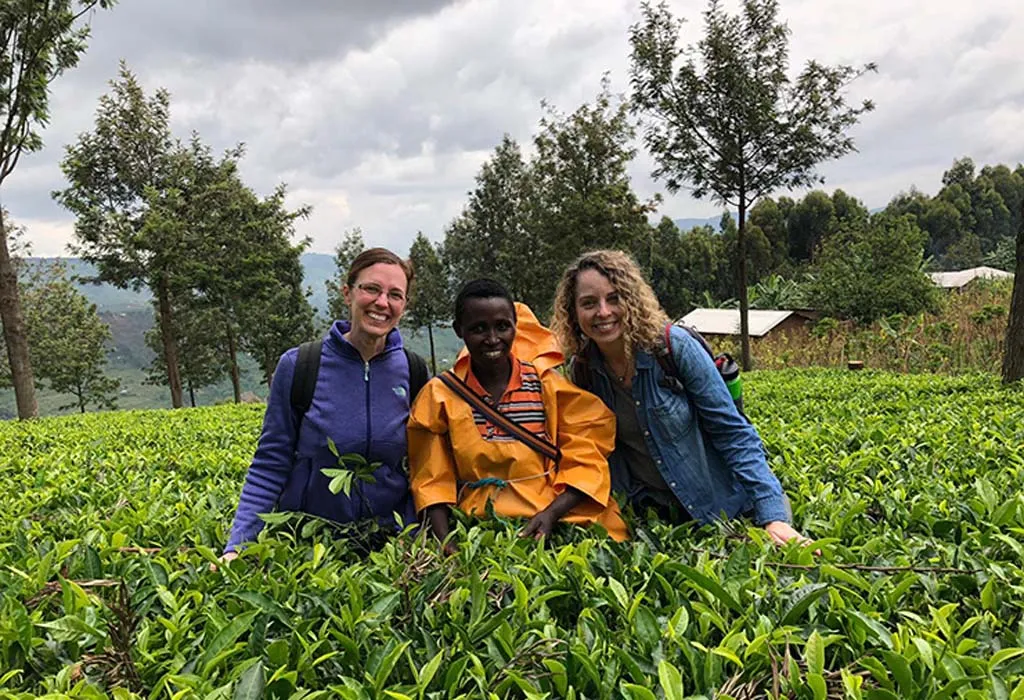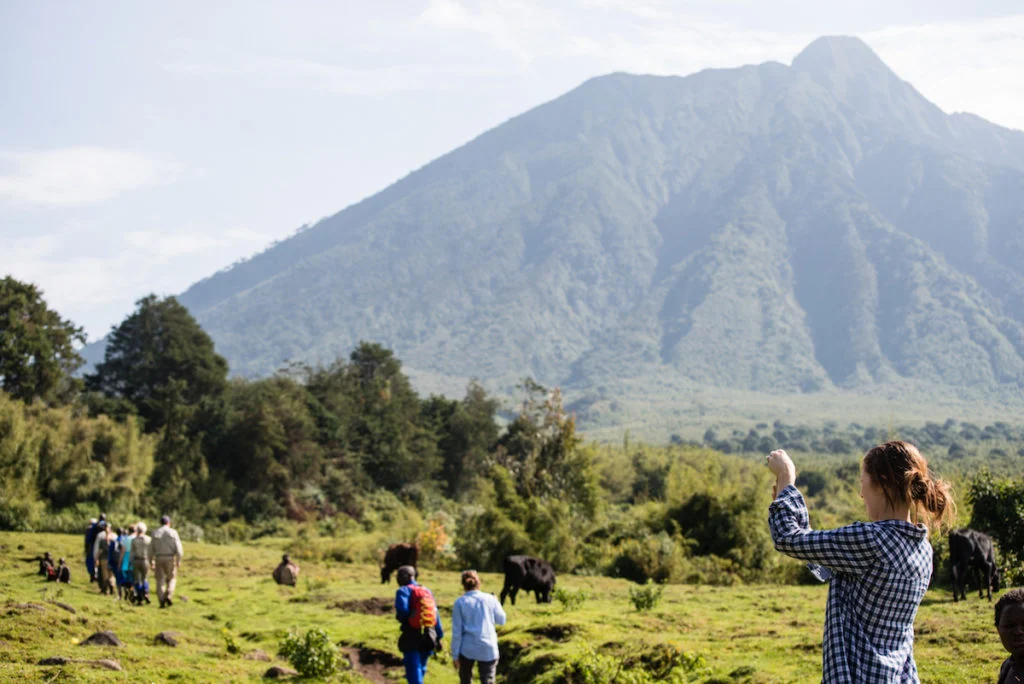
When traveling to any new destination, especially a place as captivating as Rwanda, it’s easy to fall into the shiny traps set for tourists—overpriced attractions, staged experiences, or simply places that don’t deliver what they promise. Rwanda, known for its rolling hills, vibrant culture, and remarkable wildlife, is still an emerging travel destination, which means both authentic experiences and tourist traps coexist closely.
To help you make the most of your time and money, here’s a practical guide to avoiding tourist traps in Rwanda while still seeing the best the country has to offer.
1. Understand What Counts as a Tourist Trap
Before diving into specifics, it’s important to clarify what a “tourist trap” really means. It’s not necessarily a bad place—it might even be a popular place—but the issue lies in:
-
Overpricing
-
Inauthentic experiences
-
Poor value for money
-
Pushy sales tactics
-
Crowds with little cultural context
The goal here isn’t to avoid everything popular—some well-known places are worth the hype. But with awareness, you can choose more wisely and spend your time on the things that matter most to you.
2. Overhyped “Cultural Villages” – What’s Real and What’s Not?
In some areas, you’ll find staged cultural performances or “villages” claiming to represent traditional Rwandan life. While cultural preservation is important, some of these places charge high entry fees for dances and rituals that are more theatrical than educational.
What to Do Instead:
✅ Visit the Iby’Iwacu Cultural Village near Volcanoes National Park—it’s one of the few that involve real community members and reinvests profits locally.
✅ Book a tour with Nyamirambo Women’s Center in Kigali for authentic interactions and neighborhood walks.
✅ Look for community-based tourism projects, where locals tell their own stories and share their heritage on their terms.
3. Watch Out for Pricey Souvenirs in Tourist Zones
Souvenir stalls near major landmarks like the Kigali Genocide Memorial or national park entrances often sell crafts at double or triple the local price. Some will pressure you into buying with emotional pitches like “this supports my family” or “you’re helping Rwandan culture”—which may be partially true, but not always.
What to Do Instead:
✅ Visit Kimironko Market for better prices and a chance to haggle.
✅ Buy from cooperatives and fair-trade shops like Kigali Crafts Village, Azizi Life, or Inema Arts Center (yes, it’s popular, but prices reflect quality and artist compensation).
✅ Always ask if the item is handmade or imported—many “local” crafts are mass-produced abroad.
4. Taxi Overcharging – Know the Right Price
In cities like Kigali or Rubavu, taxis may try to charge foreigners inflated rates, especially at airports, bus stations, or tourist sites. Unlike moto-taxis, which are usually fixed-price or app-based (like Yego Moto), standard taxis often have no meters.
What to Do Instead:
✅ Use Yego Taxi or Yego Moto apps for fair pricing and digital receipts.
✅ Ask locals what the normal fare is before you agree.
✅ Negotiate upfront, and don’t be afraid to walk away.
5. Dining in “Tourist-Only” Restaurants
Some high-end restaurants cater mainly to foreigners and diplomats. While they’re safe and comfortable, the food is often Westernized and expensive—without delivering much local flavor or experience.
What to Do Instead:
✅ Try mid-range local spots like Meze Fresh, Repub Lounge, or Poivre Noir in Kigali.
✅ Ask locals where they eat lunch—buffet-style canteens are common and serve authentic Rwandan meals at affordable prices.
✅ For street food, try brochettes and grilled corn from roadside stalls (especially in Musanze and Huye).
6. “Too Good to Be True” Safari Deals
Some companies offer discounted safari packages that promise game drives, luxury lodging, and meals at rock-bottom prices. These may cut corners, involve long waits, or skip park fees (leaving you liable).
What to Do Instead:
✅ Use registered, licensed tour operators—check for reviews on platforms like TripAdvisor or SafariBookings.
✅ For budget safaris, join group tours through companies like Amahoro Tours or Rwanda Eco-Tours.
✅ Consider self-driving in Akagera National Park, which is well-marked and manageable for solo travelers.
7. Paying for Photos or Forced “Guides”
In crowded tourist spots, you may encounter individuals who offer to take your photo or walk you around the area. Some later demand tips or payment, even if they said it was free.
What to Do Instead:
✅ Politely decline unsolicited help.
✅ Hire an official guide through your lodge, guesthouse, or a reputable tour company.
✅ Be cautious when taking photos of people—always ask for permission, and if someone demands money afterward, you can say “oya, murakoze” (no, thank you) and walk away.
8. Fake “Local Markets” for Tourists
Some small towns near national parks have artificial “markets” that are set up only when tourists are in the area. These pop-up stalls usually have inflated prices and lower quality goods.
What to Do Instead:
✅ Visit real, functioning markets like Kimironko in Kigali, Karongi Central Market, or Gisenyi Main Market.
✅ Go early in the morning or late afternoon when locals shop.
✅ Bring small change and be prepared to bargain (politely!).
9. “Exclusive” Access to Locals or Wildlife
If someone offers to sneak you into a village, farm, or off-trail area for a private experience—be wary. These often violate park rules, community privacy, or animal safety guidelines.
What to Do Instead:
✅ Book approved community visits through local tourism boards.
✅ Stick to official trekking and wildlife tour rules—especially for gorilla trekking in Volcanoes National Park.
✅ Remember: ethical travel means respecting boundaries, even when it costs a bit more.
10. Don’t Let Fear Be a Trap
Ironically, one of the biggest “tourist traps” is staying stuck in the safe zone—only visiting Kigali, taking hotel-organized trips, and never stepping outside your comfort zone.
What to Do Instead:
✅ Try at least one bus ride between cities—Ritco and Volcano Express are clean and safe.
✅ Spend a night or two in smaller towns like Nyanza, Huye, or Nyamasheke.
✅ Join community-led walking tours, cooking classes, or storytelling nights.
✅ Final Tips for Avoiding Tourist Traps in Rwanda
-
Do your research: Cross-check reviews on Google, TripAdvisor, and social media groups.
-
Talk to locals: They often give the best, most honest advice.
-
Don’t be afraid to say “no”: You don’t have to tip everyone or attend every show.
-
Keep things flexible: The more rigid your plans, the easier it is to get locked into a subpar experience.
-
Use local apps and services: Yego Moto, CanGo, or even WhatsApp groups can help you move smarter.
Rwanda is one of the most rewarding countries to explore in Africa, and by staying alert to potential tourist traps, you can unlock the real magic of this beautiful land. The key is to do less of what’s staged and more of what’s real, local, and connected to the community.
With a little common sense and curiosity, you’ll leave Rwanda with meaningful memories, not overpriced regrets.



















